In Florence’s historic Piazza della Signoria, with the replica of Michelangelo’s famous statue of David peering over them, dozens of golf carts gathered this week in protest.
Their drivers are furious at new laws which will ban not only them, but all other novelty transport including rickshaws, from the city’s historic centre.
The move, which could be in place by September, is part of the city council’s bid to reduce congestion in the city, according to newspaper Corriere Firenze.
“This is one of the most important measures in our ten-point plan for sustainable tourism,” councillor for economic development and tourism Jacopo Vicini told the newspaper.
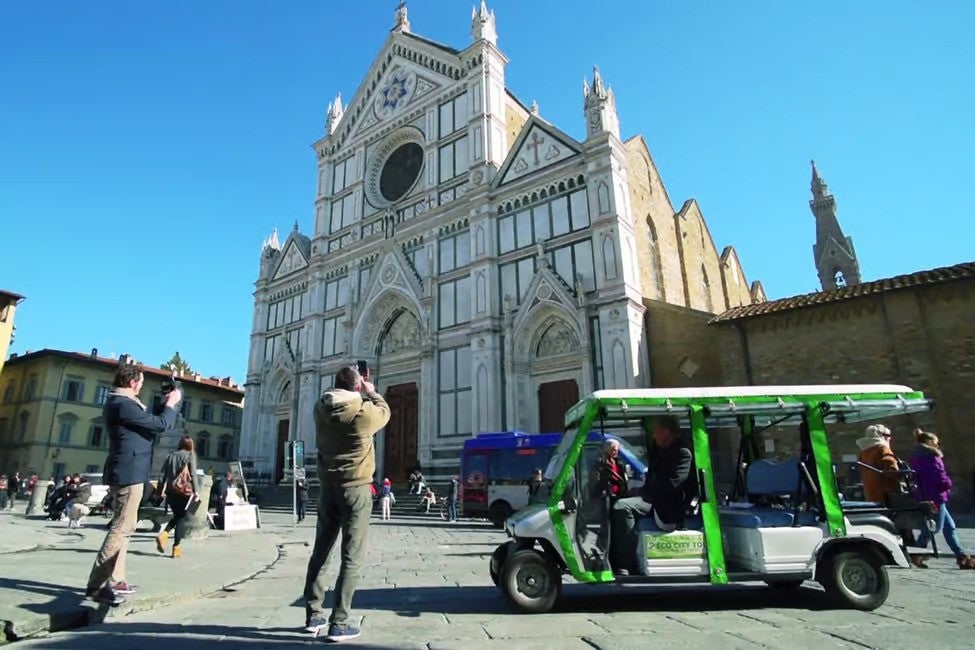
Florence is not alone in resorting to drastic measures to try and cut the number of visitors to their overcrowded streets.
Venice – which has outlawed cruise ships for several years – has doubled its daily tourist tax to try and disuade the spontaneous day-tripper.
Cannes, on the French riviera, has recently issued a decree banning ships of more than 1,000 people from mooring in the city.
Deputy mayor of Venice Simone Venturini said that after decades of debate, the city – and other iconic city breaks – had had to take serious action to manage tourist flows.
“Venice is a city as beautiful as it is fragile,” he said. “No one has a magic wand. Neither Venice nor other European cities grappling with the consequences of overtourism have one. Each place is considering its own approach.”
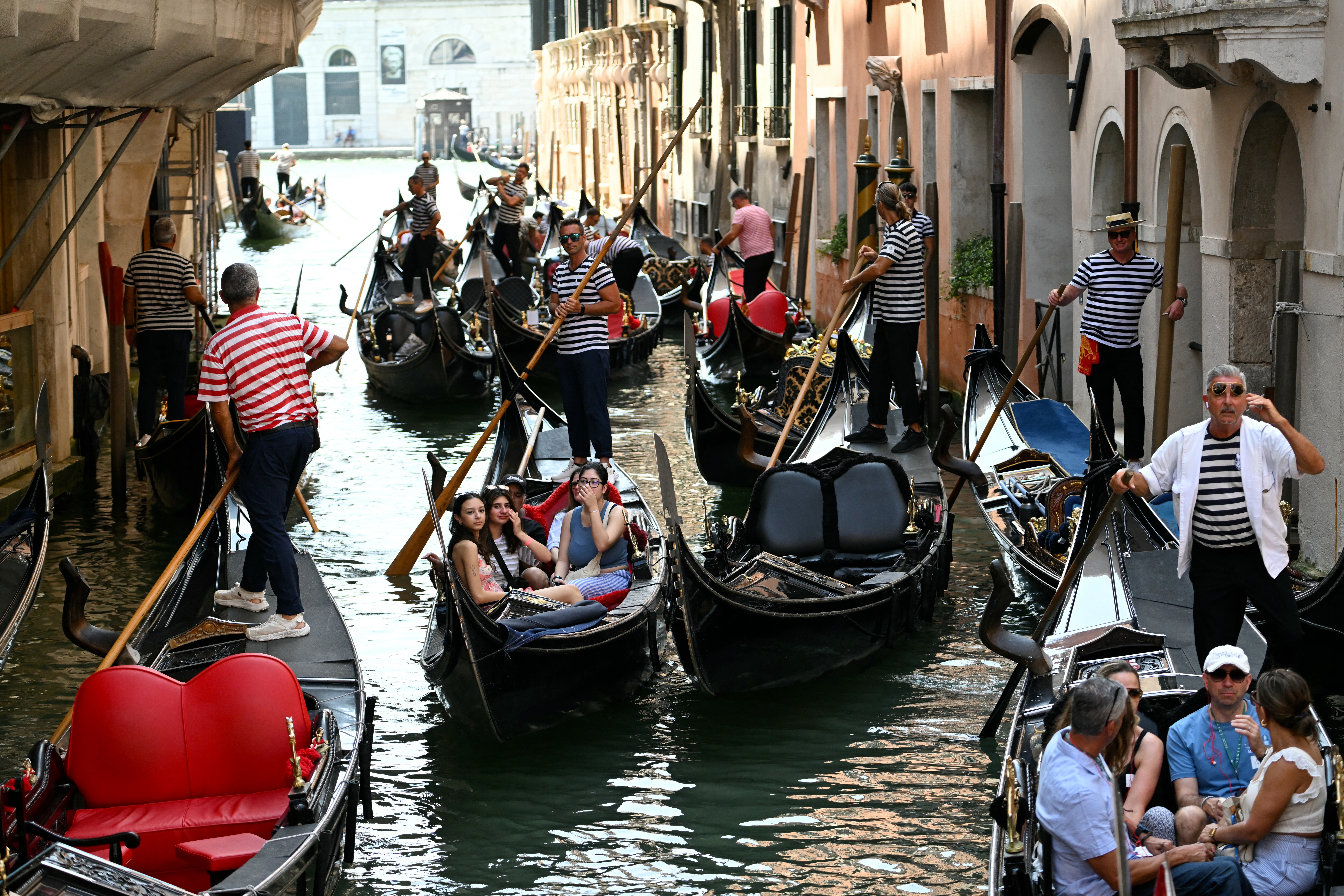
In many cities, residents have taken matters into their own hands. Last month, thousands gathered in major tourist destinations across southern Europe to protests against overtourism.
During the 15 June demonstrations, protesters in Barcelona fired water pistols at shop windows and at tourists and chanted “your holidays, my misery”.
Concurrent protests were held in Portugal and Italy, organised by the SET alliance of Sud d’Europa contra la Turistització, or Southern Europe against Overtourism.
In the run up to the protests, one of the organisations in the alliance Menys Turisme Mes Vida claimed that tourism impoverished people, making it hard for locals to access housing and diverting focus from public sector spending.
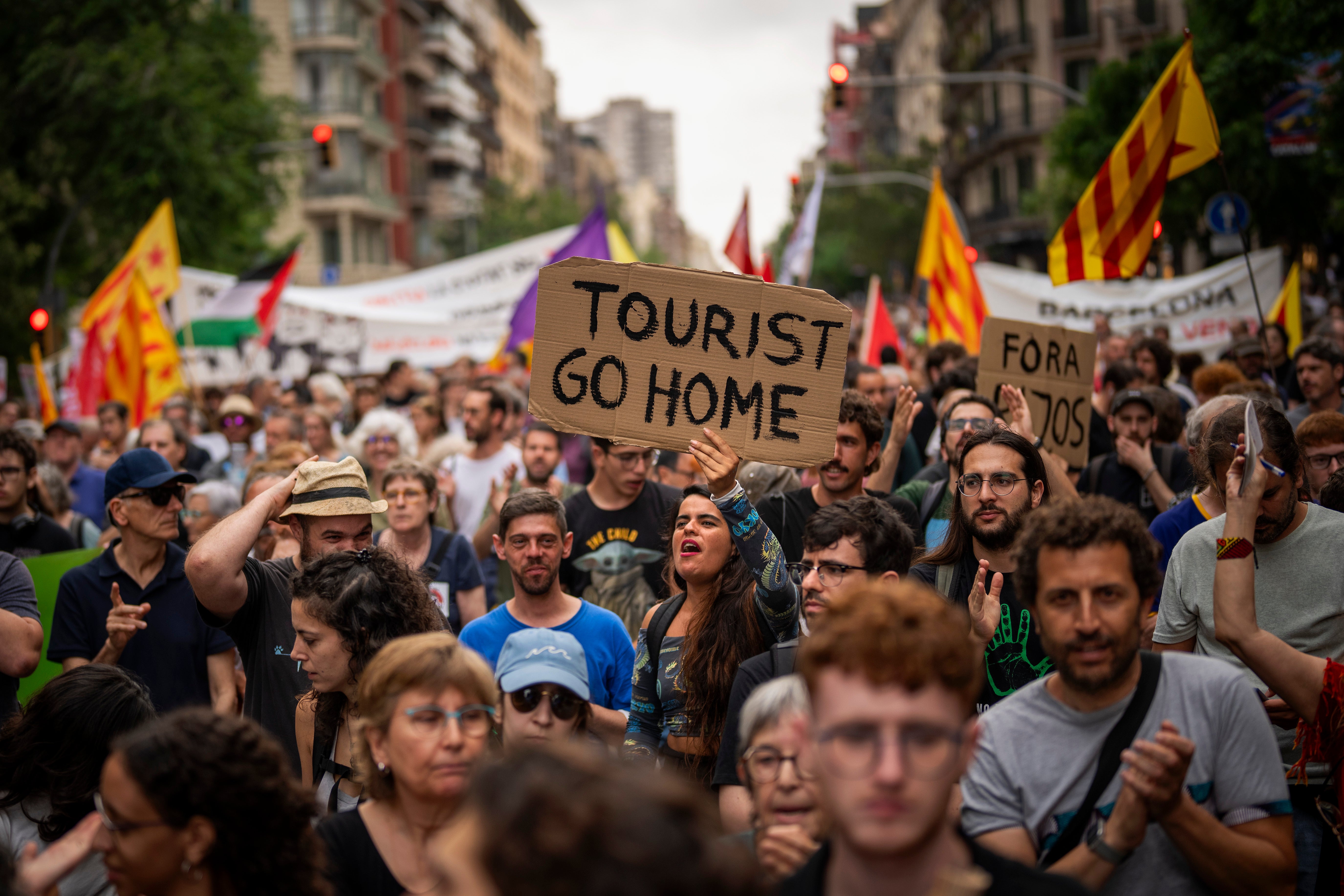
Angry Venetians protested again when the wedding of Amazon CEO Jeff Bezos and Lauren Sanchez drew celebrities and the world’s media to the city for the multi-day spectacle, viewed by some as a symbol of the city’s exploitation by wealthy visitors.
And the city on water has been forced to take increasingly drastic action to try and stem the tide of overtourism.
Cruise ships have been banned from entering the Venice lagoon and main Giudecca canal since August 2021, a move welcomed by Unesco after repeated warnings that the large vessels were damaging the iconic city.
Are the solutions perfect? Currently, cruise ships that would have previously docked in Venice now moor further up the coast in places such as Trieste, and daytrippers are instead bussed down the autostrada to see the city.
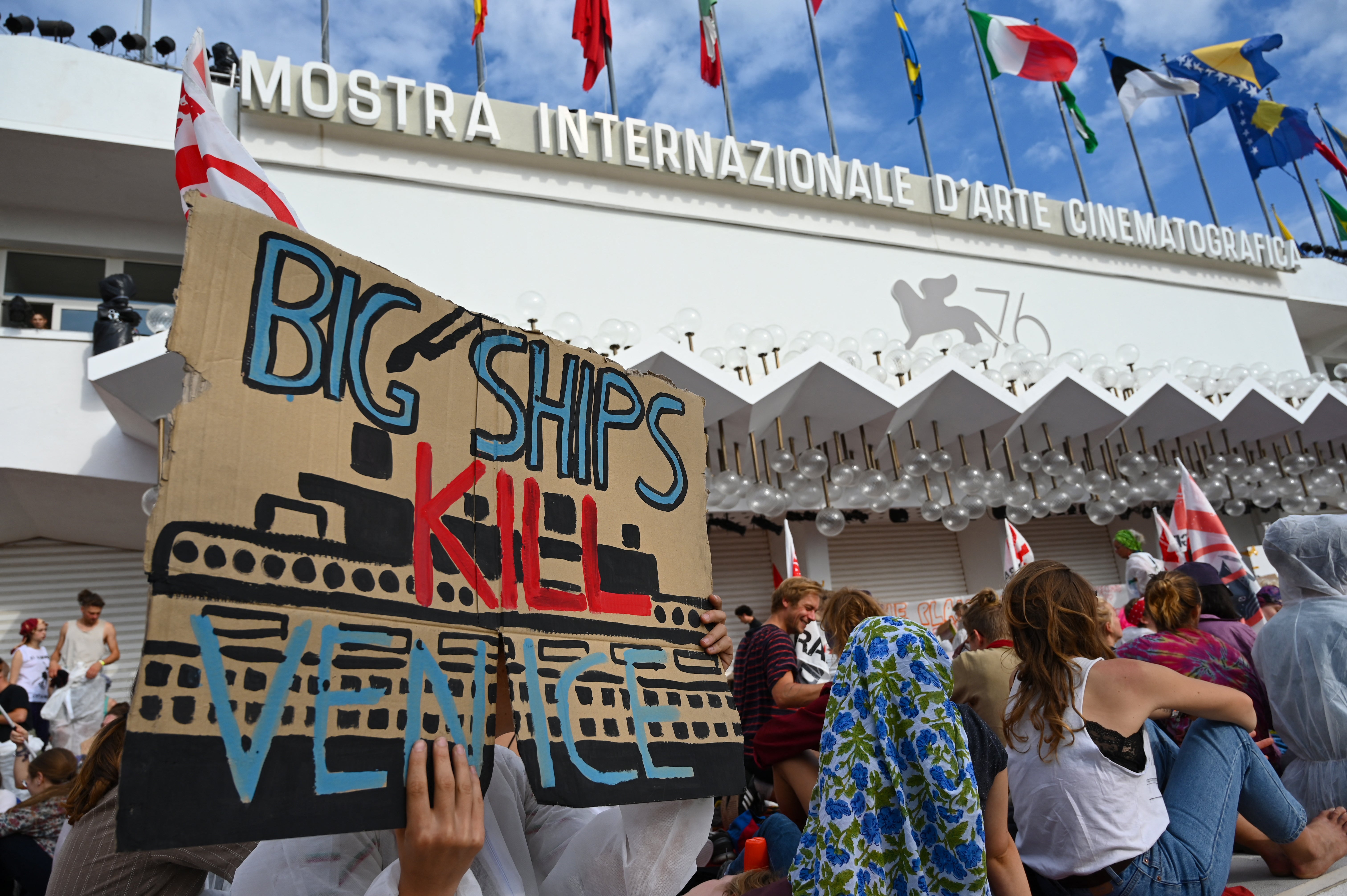
But after a brief trial last year, Venice also recently reintroduced its day tripper tax, charging tourists not staying on the islands €5 for the privilege of visiting. From April this year, tourists are now charged €10 for that privilege unless they book at least four days in advance.
“Operationally, the system we have developed has had no hitches, and most importantly, tourists have demonstrated that they understand the underlying message: Venice is a fragile city that requires protection and respect,” Mr Venturini said.
He added that the point of the tax was to discourage day-trippers, and while data from the initial trial was still being analysed, it has already helped the city identify about 10,000 people who were living in the city without being officially registered as residents, helping to highlight undeclared tourist accommodation.
He also acknowledged it was just one piece of the puzzle, and Venice is also working on other measures including restricting the number of low-quality souvenir and takeaway shops in key areas to help make tourism more sustainable.
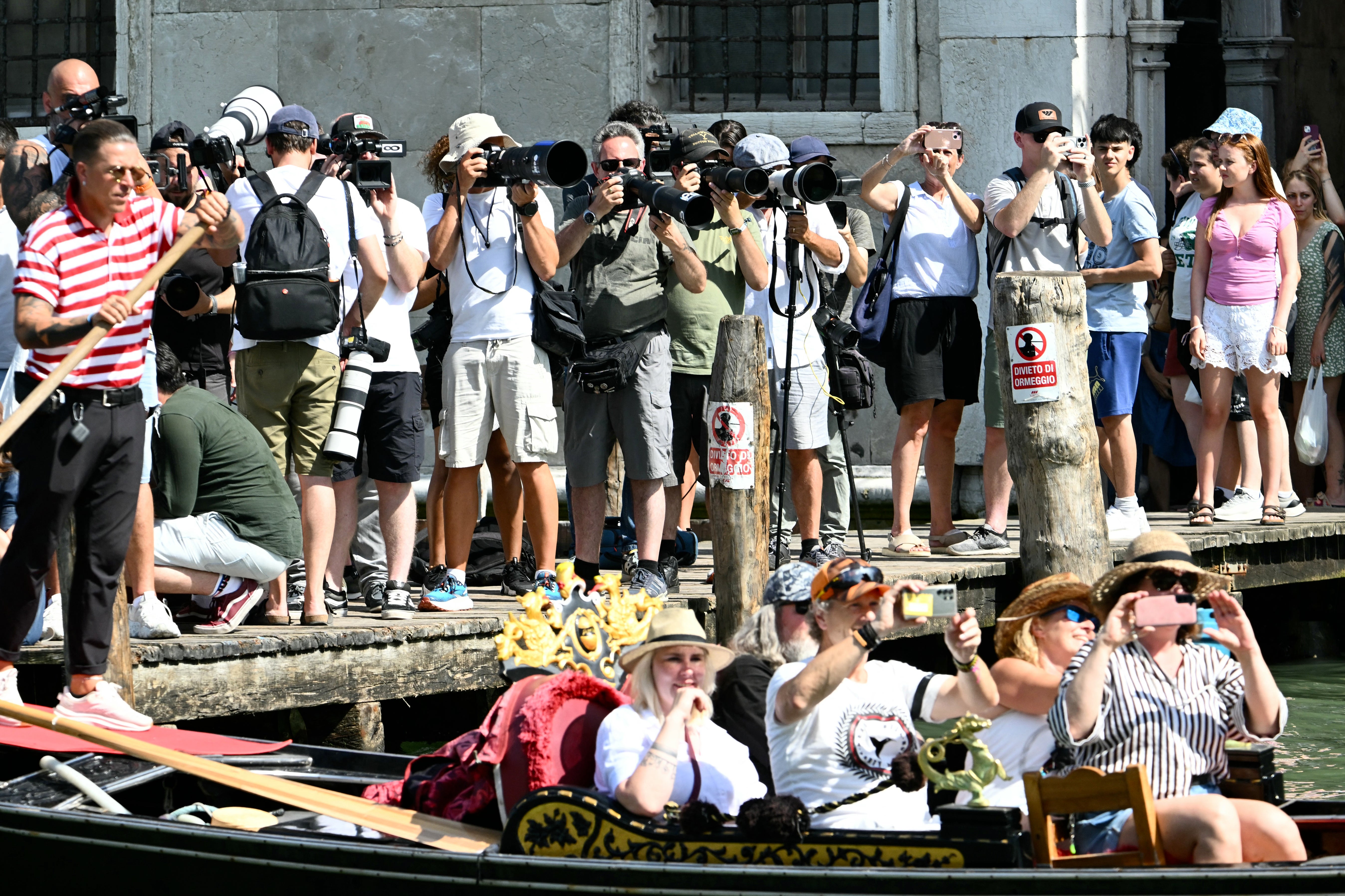
At the end of June, Cannes announced its “drastic regulation” on cruise ships, banning any vessels carrying more than 1,000 people from mooring in the city from the beginning of next year.
Thomas De Pariente, deputy to the mayor of Cannes, said tourism is a significant part of the city’s economy, worth 50 per cent of local economic output and bringing in 14,000 related jobs.
The industry is continuing to grow, Mr De Pariente said. There were more than 3.9 million overnight stays in Cannes in 2024, an increase of 100,000 stays compared to 2023.
“Cannes has historically been a welcoming town,” he said but added that the city “rejects the principle of overtourism”.
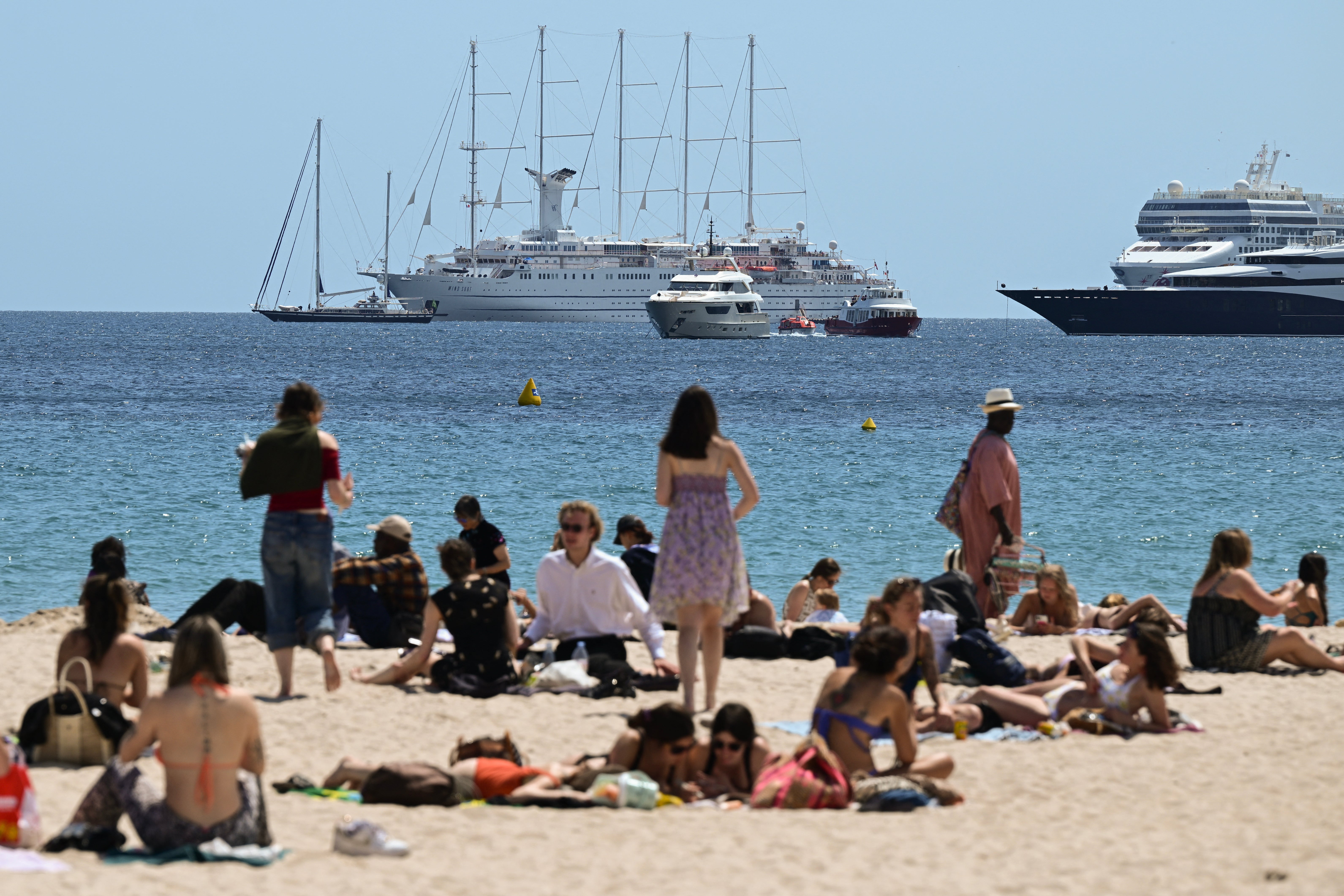
“The quality of life of Cannes residents and visitors alike is the prime concern of the town council, which is scrupulous about maintaining the balance between economic dynamism and wellbeing.”
While hopeful that these measures can help return tourism to sustainable levels, officials are clear-eyed about the challenges.
As Mr Venturini said: “We do not delude ourselves that a global phenomenon like overtourism can change in just a few weeks.”


